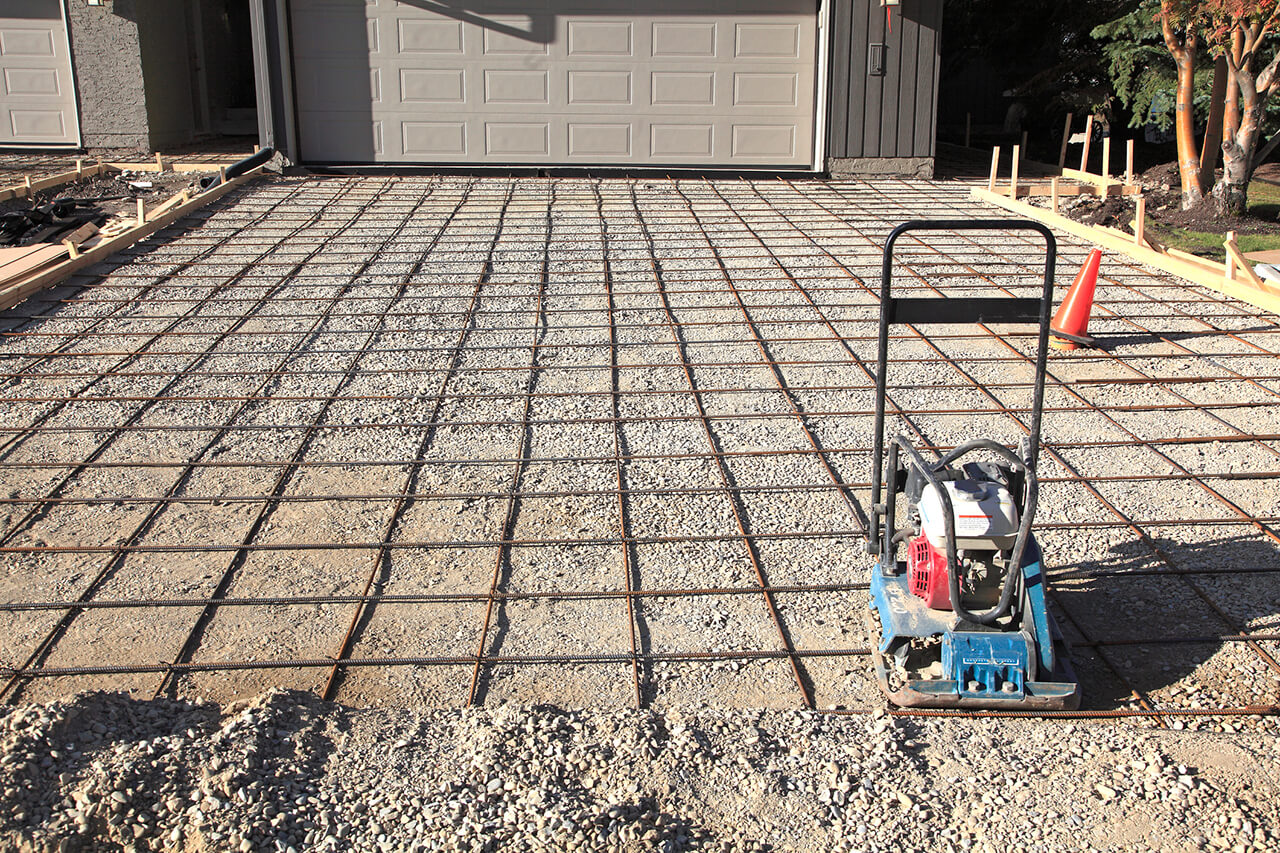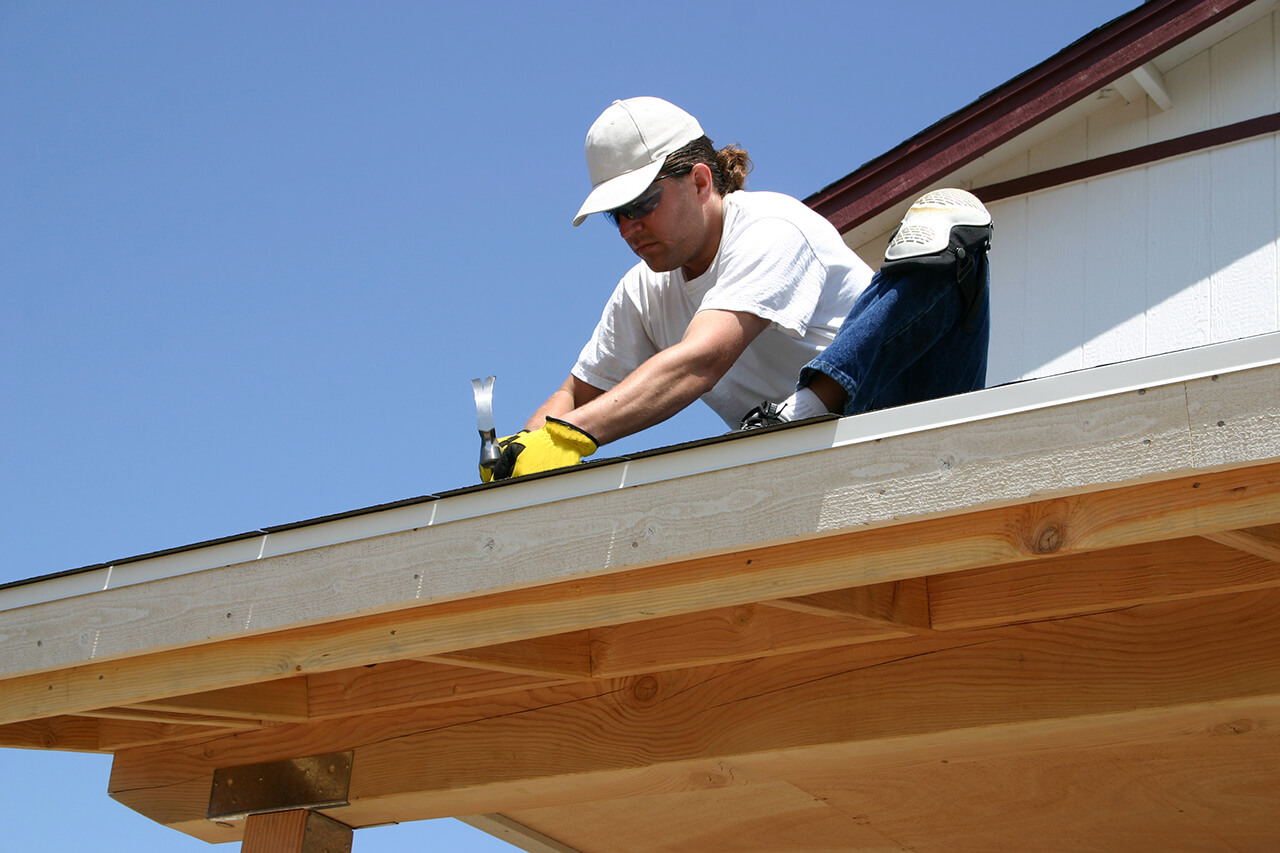How Much Does a Gas Furnace Cost in 2025?
A new gas furnace costs an average of $7,000


Gas furnace costs fall within an average range of $3,800 and $10,000, or $7,000 in total.
Your total gas furnace project cost hinges on the unit’s size and efficiency rating, how complex the installation is, the fuel source, and the type of furnace you choose.
A high-efficiency gas furnace can slash energy use and lower your monthly bills.
Upgrading enhances indoor comfort, lowers emissions, and can increase your home’s resale value.
Hiring a furnace technician ensures a safe and effective installation.
This article was updated using automation technology and thoroughly reviewed for accuracy by HomeAdvisor Editor Ryan Noonan.
On average, installing a new high-efficiency gas furnace costs between $3,800 and $10,000, with top-tier models reaching $12,000. A new gas furnace has an average cost of $7,000. Your exact price tag depends on the unit’s size, efficiency rating, and labor. Setting a clear budget and hiring a licensed HVAC pro will keep the system running smoothly, trim monthly utility bills, and keep your home comfortably warm.
High-Efficiency Gas Furnace Cost Factors
Several factors influence the cost of a high-efficiency furnace. Opting for the lowest sticker price rarely yields the best long-term value. Compare each model’s efficiency and expected life span before deciding where to spend and where to save.
Furnace Size (BTU)
Furnace size—measured in British thermal units(BTUs)—is the single biggest driver of price. In simple terms, BTUs tell you how much heat the unit can generate.
The table below outlines the full furnace installation cost by size for high-efficiency models, including labor and materials. Standard-efficiency gas furnaces with 80% to 85% Annual Fuel Utilization Efficiency (AFUE) ratings can cost up to 50% less than high-efficiency models with AFUE ratings of 96% or higher.
| Furnace Size (BTUs) | Cost Range (All-In) |
|---|---|
| 40,000 | $2,000–$3,500 |
| 50,000 | $2,300–$3,800 |
| 60,000 | $2,500–$4,200 |
| 80,000 | $3,000–$4,900 |
Gas furnaces range from 40,000 BTUs for a small space in a moderate climate to 125,000 BTUs for a large space in a cold climate. Depending on the size of the home you need to heat, you can find furnaces offering as low as 25,000 BTUs and more than 150,000 BTUs.
Older homes aren’t insulated as well as newer homes, so they often require higher BTU models to achieve the same level of comfort and heating consistency. However, the two biggest factors determining how many BTUs you need are the size of your home and your climate zone.
Climate
Where you live makes a big difference. Homes in hot, humid zones usually need only 30 to 35 BTUs per square foot, but houses in frigid regions often require 50 to 60 BTUs. That added capacity can nearly double the cost of a high-efficiency furnace in colder climates.
Energy Efficiency
Expect to spend $2,000 to $6,000 for a high-efficiency unit, often twice the price of a standard model. With installation, the total can climb to $12,000 or more, but the lower monthly bills and potential tax credits help offset that upfront cost.
| Efficiency | AFUE Rating | Average Cost Range |
|---|---|---|
| Standard | 80%–89% | $500–$1,500 |
| Moderately high | 90%–95% | $1,000–$3,000 |
| True high | 96%+ | $2,000–$6,000 |
The Annual Fuel Utilization Efficiency (AFUE) rating evaluates the efficiency of a furnace. Furnaces rated 90% or more are widely considered high efficiency, but there is a price difference between 90% and 95% (moderate efficiency) and 96% and above (true high efficiency).
High-efficiency models increase comfort by reducing temperature fluctuations in your home, run more quietly, and save you money in the long run through lower monthly utility bills and potential tax and rebate incentives.
Furnace Type
There are three types of furnaces to consider, increasing in price from single-stage to two-stage furnaces. Modulating furnaces are the most expensive type.
Single-stage furnaces: Single-stage furnaces use a simple on/off cycle and just one heat setting. They’re the budget pick but offer the least efficiency and comfort.
Two-stage furnaces: These furnaces offer high and low heat settings, enhancing efficiency and maintaining steadier temperatures.
Modulating furnaces: Modulating furnaces adjust output in small increments with a variable-speed blower and smart thermostat control. They provide the best efficiency and comfort but carry the highest purchase and installation cost.
Fuel Source
If natural gas isn’t an option, you can look at furnaces that run on other fuels.
Propane
Propane furnaces cost $3,000 to $6,000, including installation. Much like their natural gas counterparts, high-efficiency propane furnaces also cost 50% to 100% more than similar capacity standard efficiency models. Propane works for off-grid and rural homes.
Electric
Electric furnaces cost $2,100 to $7,900 on average, including installation. Electric furnaces are increasingly popular options in areas where gas furnaces are being phased out. Pricing factors are similar to gas furnace prices, including BTUs, labor, and ductwork.
Downflow vs. Upflow
Downflow and upflow gas furnace prices are similar, but labor costs vary depending on the ease of access and the level of ductwork required by local furnace installers to get the system up and running.
Downflow furnaces: Downflow furnaces pull cool air in from the top and push warm air out the bottom, making them a smart fit for attics, mobile homes, and houses without basements.
Upflow furnaces: Upflow furnaces draw cool air from the bottom and send heat out the top, so they work best in homes with basements.
Ductwork
Installing new ductwork runs $1,500 to $7,000. Even if you already have ducts, your HVAC pro may recommend replacement if they find leaks. Gaps can let 10% to 30% of your heated air escape, while well-sealed ducts keep losses under 5%.
Down the line, expect regular ductwork maintenance costs:
Cleaning ducts costs $270 to $500. Get an inspection and cleaning at least once a year.
Home energy audits cost $210 to $700 and help discover leaks.
Asbestos remediation costs $1,200 to $3,260. Older homes might have ducts lined or covered in asbestos. These present a serious health hazard and should never be touched by homeowners. Contact an asbestos inspector in your area if you suspect this type of lining.
Labor
Plan on $500 to $2,000 for labor. A licensed installer charges an average of $50 to $100 per hour, with another $50 per hour for each helper. Because labor is a large slice of the total, gathering a few quotes is well worth the effort.
Fees and Permits
You’ll spend $400 to $1,500 on building permits, and most municipalities require inspections at several points along the way.
Furnace Conversion
Conversion projects start at $100, but swapping an oil furnace for natural gas costs $500 to $6,540, depending on local codes and how involved the job is.
Does a New High-Efficiency Gas Furnace Increase Home Value?
A new high-efficiency furnace is a selling point. Buyers like knowing the system will keep utility bills in check and shrink the home’s carbon footprint—plus they won’t have to budget for a replacement right away.
This investment improves your home’s marketability and enhances overall energy efficiency and performance. Homeowners may recover up to 50% of the cost during resale.
Budgeting for a High-Efficiency Gas Furnace
A high-efficiency gas furnace is a sizable investment, but you can trim costs and boost long-term value with a bit of planning.
Obtain at least three professional estimates from reputable gas furnace installers to compare pricing and service offerings.
Research federal, state, and local tax incentives for energy-efficient home improvements.
Explore low-interest home improvement loans or other financing options to spread the cost over time.
Ensure you purchase a gas furnace that is appropriately sized for your home.
Budget for annual maintenance to avoid potential furnace repair costs.
Consider furnace units with high AFUE ratings of at least 90% for long-term utility cost savings.
Invest in a professional energy audit to identify other efficiency improvement opportunities.
How HomeAdvisor Gets Its Cost Data
No place is more important than your home, which is why HomeAdvisor connects homeowners with local pros to transform their houses into homes they love. To help homeowners prepare for their next project, HomeAdvisor provides readers with accurate cost data and follows strict editorial guidelines. After a project is complete, we survey real customers about the costs to develop the pricing data you see, so you can make the best decisions for you and your home. We pair this data with research from reputable sources, including the U.S. Bureau of Labor Statistics, academic journals, market studies, and interviews with industry experts—all to ensure our prices reflect real-world projects.
Frequently Asked Questions
With routine service, a gas furnace lasts 15 to 30 years. Annual inspections, filter changes, and prompt repairs help the unit deliver steady heat throughout its life span. When repair bills climb or performance drops—especially in harsh climates—it may be smarter to put your money toward a replacement rather than another short-term fix.
Natural gas is often the cheapest way to heat a home, offering lower monthly bills than propane or electric systems. Propane can beat electricity in some regions, but its advantage depends on local fuel prices and climate. Check your utility rates, then talk with a local HVAC pro to see which option delivers the best long-term value where you live.
For most households, a high-efficiency furnace is worth the higher upfront cost. The unit uses less fuel, which lowers monthly bills and shrinks your carbon footprint. You’ll also notice quieter operation and steadier room temperatures. Over time, those savings and comfort perks pay back the initial premium, and can even bump up resale appeal.
Furnaces heat air and move it through ducts, while boilers heat water or create steam that flows to radiators. Installation costs overlap, but the systems feel different: forced-air heat is quicker, and radiant heat is often more even and quiet. Comparing comfort preferences, existing infrastructure, and fuel costs will help you decide which setup fits your home.
Yes—pairing a new furnace with a professional energy audit is a smart move. The audit pinpoints air leaks, insulation gaps, and duct issues that let heat slip out and money drain away. Fixing those trouble spots while you’re upgrading the furnace helps the new system run at peak efficiency and can trim your utility bills even further.








